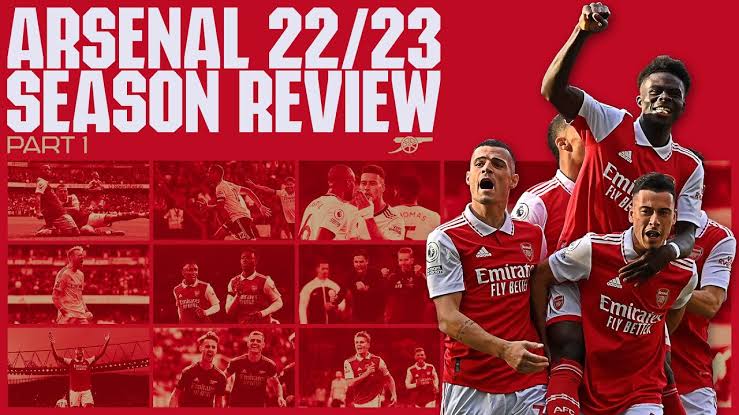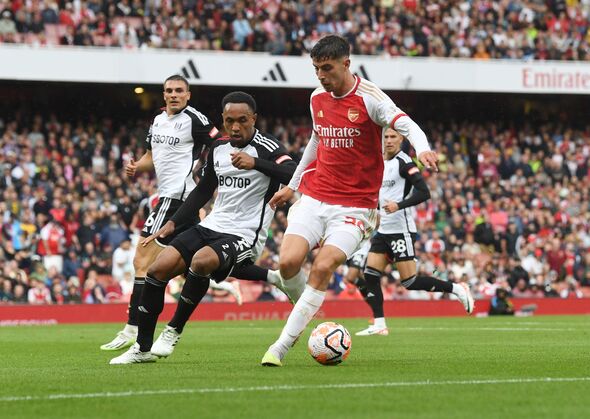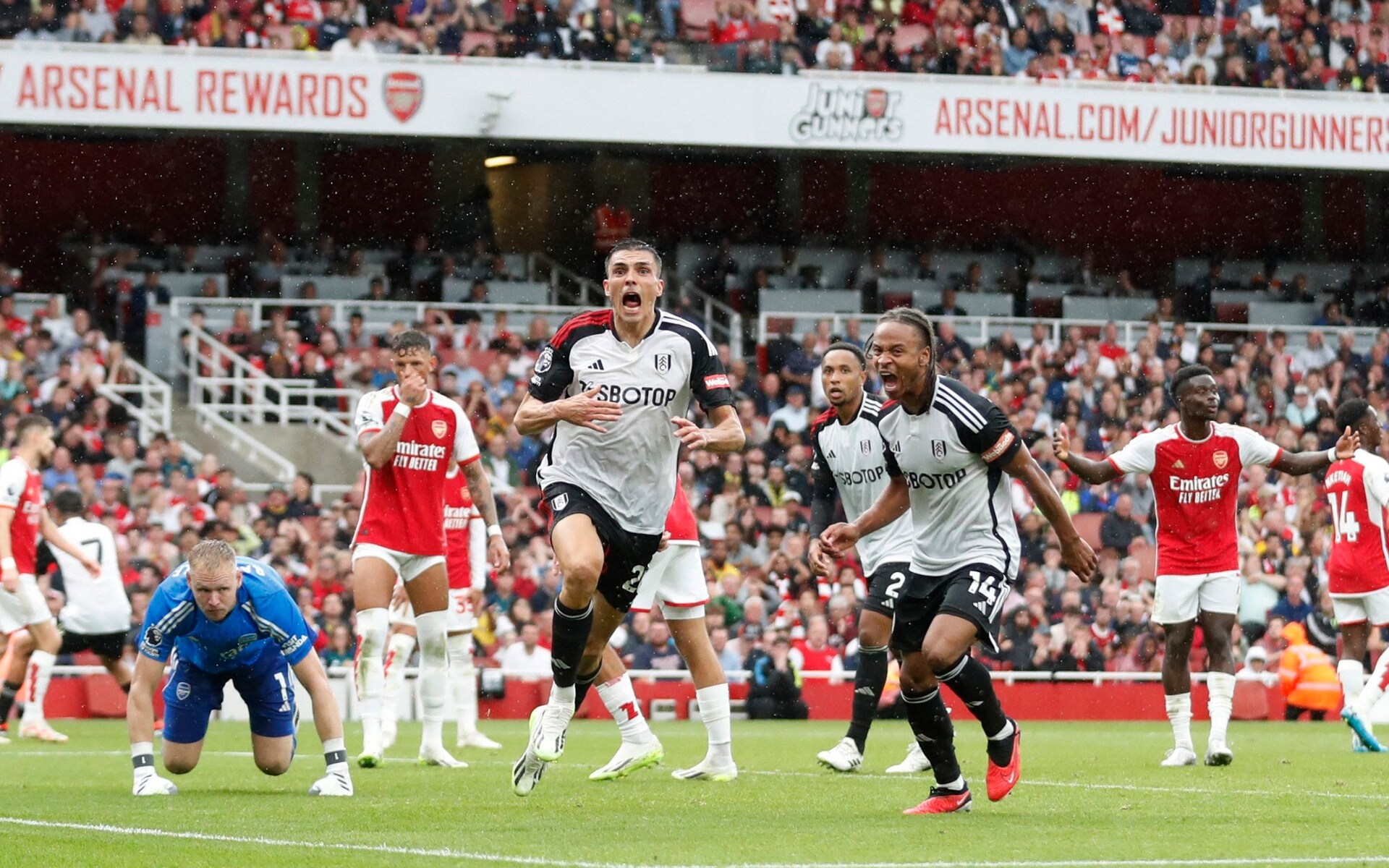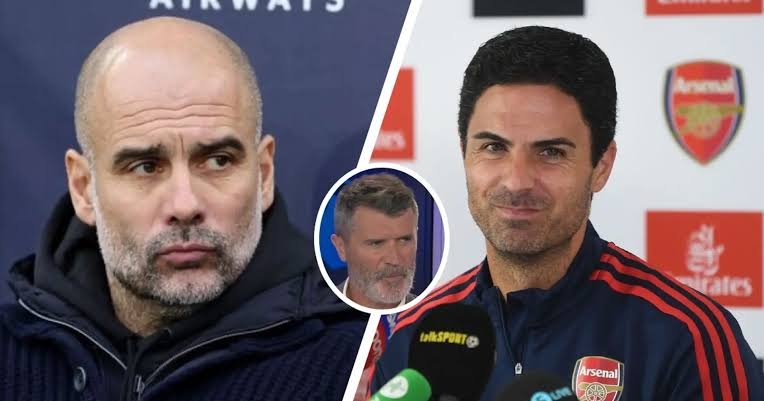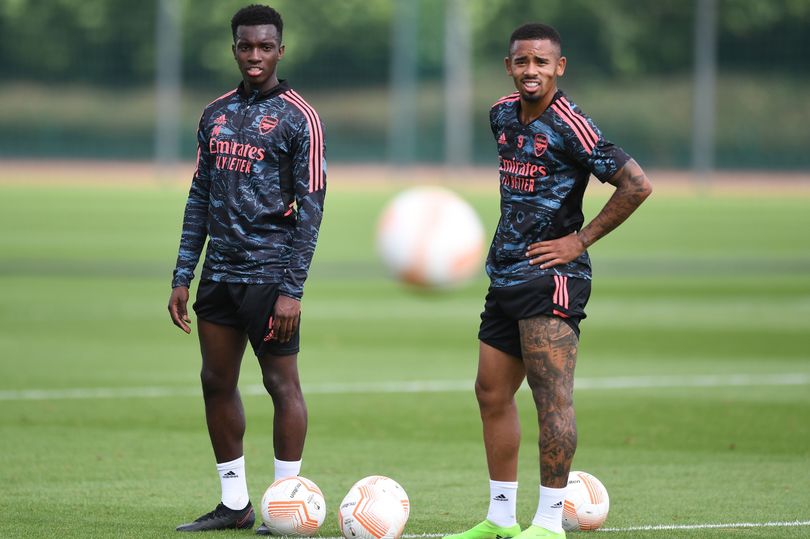Oleksandr Zinchenko’s fitness struggles and Kai Havertz’s arrival have been blunted by Mikel Arteta’s new system, which he introduced.
Mikel Arteta, who made subtle changes to his Arsenal set-up after spending more than £200 million over the summer, has a new system for the new season. The Arsenal manager has tried to develop and evolve his team’s structure, but the fundamentals and the majority of the players are the same as they were the previous season.
Seven points from three games is a strong start to the new season, but there are complaints among the fan base that Arsenal is not yet as nimble and inventive as they were for much of last season. Arsenal’s 2-2 draw with Fulham on Saturday, in which they gave up two cheap goals, was a major letdown.
In this article, Telegraph Sport examines the adjustments Arteta has made to his team this year, as well as the potential motivations behind them and whether they are still effective after three games.
A fresh defensive form.
Following the acquisition of Oleksandr Zinchenko from Manchester City in the offseason, Arsenal typically used a system in which the left-back slid into midfield whenever Arteta’s team had the ball. Zinchenko was able to do so thanks to the defensive support of Ben White, William Saliba, and Gabriel Magalhaes.
Zinchenko has not yet been healthy enough to play right away this season. As a result, Arteta decided to reverse the system and asked Thomas Partey to play the “Zinchenko role” from the right side, tucking in alongside recent addition Declan Rice.
But when Partey moves into midfield, something different occurs behind him.
As a defensive two during the previous season, Saliba and Gabriel typically sat in the middle of the pitch. In those situations this season, Saliba is essentially acting as the sole defender for Arsenal. White is still occasionally pushing down the right wing, and the left-back (who has changed in each of the three games) is playing wider on the opposite flank.
In the first minute of Saturday’s game against Fulham, the risks of this became apparent. White slid out to the right to aid in constructing an attack as Partey moved into midfield. Saliba was the lone defender in the middle at the back. Andreas Pereira of Fulham ran into a huge gap in the center of Arsenal’s defense after Bukayo Saka conceded the ball cheaply.
As compared to their average positions in the same match in August of last year, Arsenal’s average positions against Fulham this weekend show the difference. The two games were remarkably similar, with Arsenal dominating on both occasions.
Gabriel’s exclusion from the team has generated discussion due to persistent rumors of Saudi Arabian interest in him. However, Arteta has insisted that it is a tactical choice, and there is clear logic to it because, in the previous campaign, Gabriel provided the balance when the left-back moved into midfield. This year, the right-back enters the room. Therefore, Arsenal needs a different type of player to play on the left side of their defense.
If this new formation seems risky, it’s important to remember that Arsenal has largely played strong defense in its three games. They have only given up seven shots on goal in their first games. Since the opposition has rarely threatened them, they have control over the situation. Their issue against Fulham was not structural, but rather their careless mistakes during crucial defensive situations.
Havertz replaces Xhaka.
The £65 million acquisition of Kai Havertz by Arsenal from Chelsea has started all three Premier League games in the same position as Granit Xhaka did last year: on the left side of the midfield.
But Havertz and Xhaka play entirely different positions. When he was moved forward last season, Xhaka, who was recently sold to Bayer Leverkusen, had spent the majority of his career as a defensive midfielder; in contrast, Havertz has typically played as a forward.
It is a brave and attack-minded move by Arteta to replace Xhaka with Havertz. Although Havertz lacks experience on the defensive end of the field, he is theoretically much more at ease attacking the box and receiving the ball between the lines in the final third.
It is obvious that Arteta has given Havertz the responsibility of making runs into the penalty area, as he did with encouraging results in the preseason. But how Havertz fits into how Arsenal develops their offense is less clear. With only 28 touches of the ball in his 56 minutes of action against Fulham, the German was simply not involved for a large portion of the game. Xhaka had 71 touches in the same game the previous year.
Havertz is playing in a new position for a new team, so obviously it will take some time for him to get used to Arsenal’s system. However, he faces mounting pressure to deliver a strong performance because he also seems to have inherited Xhaka’s reputation as the player who divides the fanbase the most.
When asked if he was confident that Havertz would convert those murmuring supporters, Arteta responded, “I think so. I believe he has already made some excellent decisions, though he had some difficult times on Saturday. He once again found himself in some excellent spots, but the ball never came. He ought to have scored a lot of goals already this season, and that’s what’s been lacking.”.
This season, Mikel Arteta introduced a new system that will require time to embed Credit
Blunt on the left side.
The Arsenal coaching staff holds “unit meetings” at the team’s practice facility, where, for instance, the left side of the team works together to develop a shared understanding. Arteta believes in fostering relationships among the players, and last season, Arsenal’s left side was essential to the organization of their attack.
Arsenal had a thrilling balance of speed and control on that side of the field with Zinchenko starting moves, Xhaka moving between boxes, and Gabriel Martinelli charging at the opposition right-back.
The left side hasn’t been working so well this year, unfortunately. Havertz’s entry has altered the situation, and he is not yet operating at Martinelli’s level. There have been instances where the two players attempted to run into each other’s areas, and other times when passes have not been played where the other desired.
Arsenal’s need to use a different left-back in each of their three games thus far has not improved the chemistry on the left side of the field. Jurrien Timber, a recent acquisition, started the match against Nottingham Forest, but has since sustained a serious knee injury. Takehiro Tomiyasu entered the game against Crystal Palace but was dismissed. On Saturday, Jakub Kiwior began working there.
There’s no doubt that the belief is that Zinchenko’s return to fitness will be the deciding factor. Last season, the Ukraine international assisted in Xhaka and Martinelli’s breakthrough, and Arteta will undoubtedly hope he can do the same with Havertz.
Against Fulham, Arsenal was a completely different team when Zinchenko and Fabio Vieira shifted to the left side. Their two goals came from that side, and Zinchenko’s shrewd forward passing helped hold Fulham at bay for the majority of the second half. Before Havertz has the chance to perform for Zinchenko and develop a rapport with Martinelli, it feels incredibly unfair to judge him.
For more updates, we are at your service all day long and all night long.
